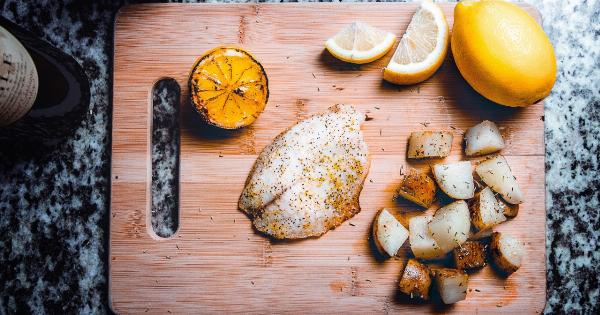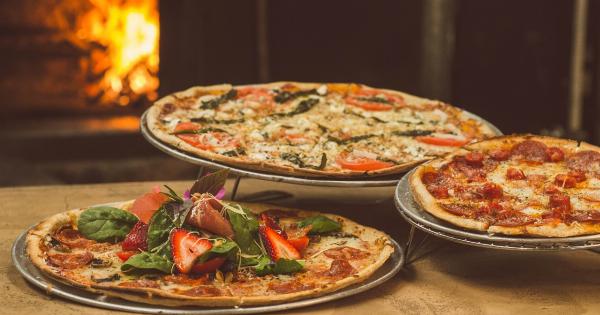Microwaves have become a staple in many kitchens due to their convenience and time-saving abilities. However, not all foods are suitable for microwaving. Some foods can become dangerous or lose their quality when exposed to high heat in a microwave.
In this article, we will explore the ultimate list of foods you shouldn’t microwave to ensure your safety and maintain the taste and texture of your meals.
1. Eggs
Eggs are a common breakfast food enjoyed in various forms, but they should not be microwaved in their shells. The build-up of steam within the shell can cause the egg to explode, resulting in a messy and potentially dangerous situation.
Instead, it’s best to cook eggs on the stovetop or opt for alternative cooking methods like poaching or boiling.
2. Grapes
When microwaved, grapes can create a phenomenon known as “plasma.” The water content within the grapes can interact with the microwaves, generating a plasma-like effect that can potentially damage the microwave or cause a fire.
It’s safer to enjoy grapes as a raw snack or use them in other cooking methods.
3. Chili Peppers
Microwaving chili peppers, particularly spicy ones, can release capsaicin into the air. Capsaicin is the compound responsible for the pepper’s heat or spice. Inhaling capsaicin can irritate your airways and cause discomfort.
It’s best to cook chili peppers using other methods like roasting, sautéing, or incorporating them into dishes that require further cooking.
4. Breast Milk
Heating breast milk in a microwave can lead to the formation of hot spots due to uneven heating. These hot spots can scald your baby’s mouth and throat.
It’s safer to warm breast milk by placing the bottle in warm water or using a bottle warmer specifically designed for this purpose.
5. Potatoes
Whole potatoes should not be microwaved because the heat cannot escape from the insides quickly enough, potentially causing them to explode.
To cook potatoes in a microwave, it’s best to pierce them with a fork several times or cut them into smaller pieces to ensure even cooking.
6. Frozen Meats
Microwaving frozen meats is not recommended as it may lead to uneven cooking. The outer layers of the meat can begin to cook while the inside remains frozen, increasing the risk of foodborne illnesses.
It’s safer to defrost frozen meats in the refrigerator or using the defrost function on your microwave before cooking them.
7. Bread
While it’s tempting to quickly warm bread in the microwave, it often results in a rubbery or soggy texture. Microwaves zap moisture from food, leaving bread dry and unappetizing.
Instead, use a toaster or oven to achieve a crispy and more enjoyable texture when warming bread.
8. Styrofoam Containers
Microwaving styrofoam containers can release harmful chemicals into your food. These containers are not microwave-safe and can melt or warp when exposed to high heat. It’s best to transfer your food to a microwave-safe dish before reheating.
9. Fresh Herbs
When fresh herbs are microwaved, they tend to lose their vibrant color and aromatic qualities. The microwave’s heat can be too intense for delicate herbs, resulting in a dull appearance and flavor.
It’s preferable to use fresh herbs as a finishing touch or incorporate them into your dish after cooking.
10. Sauce or Soup with a Tight Lid
Microwaving sauce or soup with a tightly sealed lid can lead to an explosion of hot liquid due to pressure buildup.
To avoid potential hazards, loosen the lid or use a microwave-safe cover that allows steam to escape while reheating your sauces and soups.
In Conclusion
While microwaves can be incredibly convenient for everyday cooking, it’s essential to be mindful of the foods that are not suitable for this cooking method.
From eggs and grapes to bread and fresh herbs, certain foods can pose safety risks, lose their quality, or result in unappetizing textures. By following this ultimate list of foods you shouldn’t microwave, you can keep yourself and your family safe while ensuring flavorful and enjoyable meals.




























